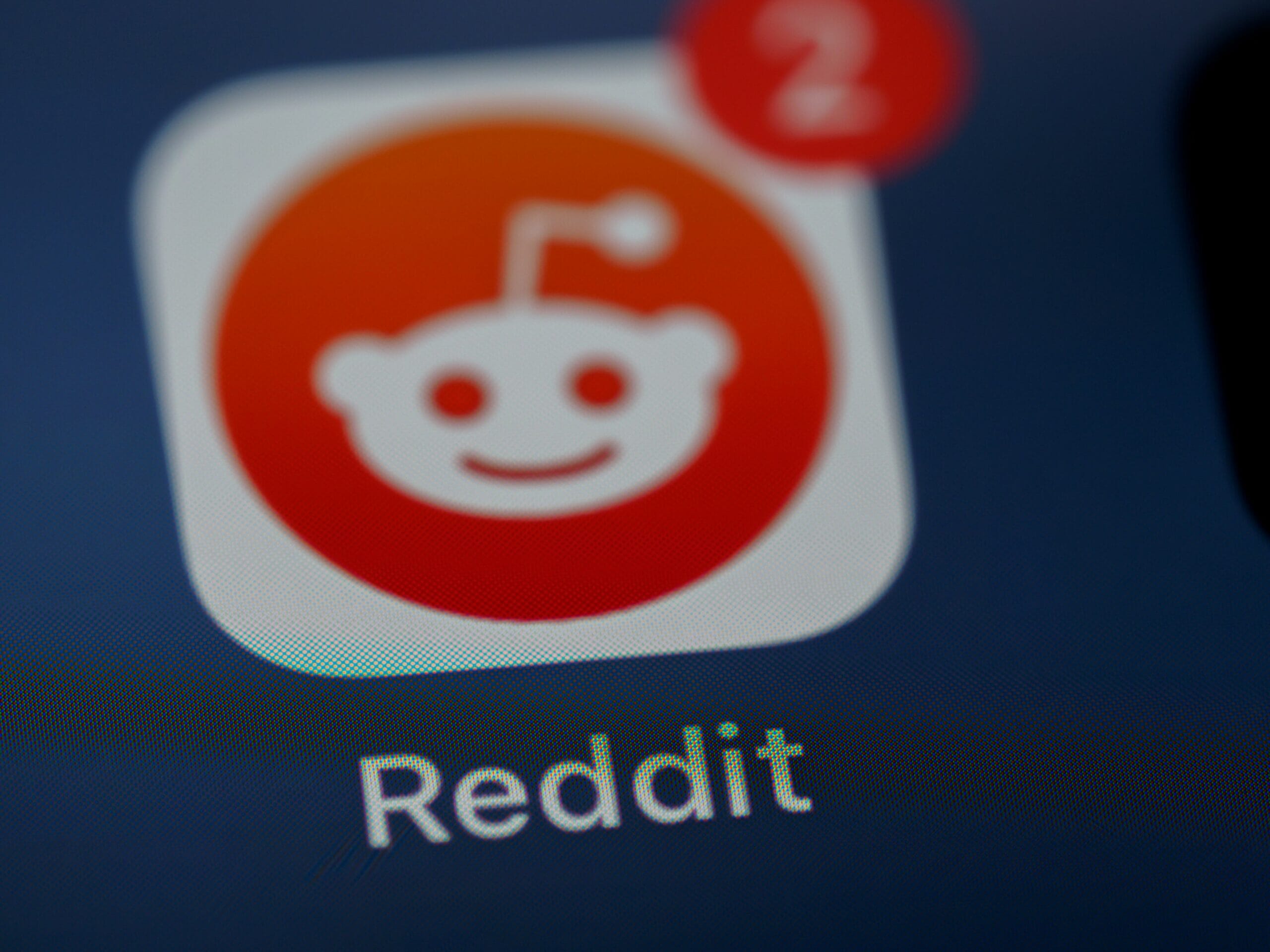Businesses have target audiences for a reason: they have needs that our products/services can help with. But simply meeting these needs isn’t enough. Our clients could have created the perfect product that solves all of their audience’s challenges. But if they can’t actually engage with these people, the product will never succeed.
So to convert target audiences into customers, we also need to understand their psychology. How do they make their purchasing decisions? What concerns do they have? What wider challenges are they struggling with? We’ll find out how they think, how they communicate and how they act.
To do this, we analyse their online conversation and search behaviour, asking questions like:
- What are they searching for? What questions are they asking? What information are they seeking?
- How are they deciding what to buy? What solutions are they after? What’s influencing their decision-making process?
- What are they posting about on social media? What topics are they commenting on, and what are they saying?
- What reviews are they leaving? What are they complaining about?
Again, sourcing this information requires a lot of digging. We’ll fully immerse ourselves in our audience’s shoes – using tactics like social listening and keyword research to better understand how they think. Check out our audience research toolkit for more on this.
Top tip: ‘Day in the life’ content is a treasure trove of audience insights. It’s a form of blog/video content where people share exactly what they do every day. And it’s a great way of working out what makes target audiences tick. TikTok, Instagram, YouTube and company websites are our go-to sources of day-in-the-life info.









